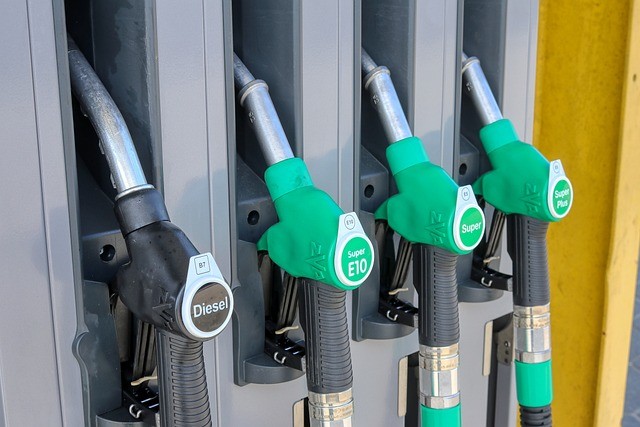The fuel delivery system in a car consists of several essential parts that work together to ensure the proper flow and delivery of fuel to the engine. Here are the key components of a car’s fuel system:
1. Fuel Tank
The fuel tank is where the fuel is stored in the vehicle. It is typically located in the rear of the car and has a fuel filler neck or cap for refueling.
2. Fuel Pump
The fuel pump is responsible for drawing fuel from the tank and delivering it to the engine. It maintains the necessary fuel pressure for the engine to operate efficiently. Fuel pumps can be mechanical or electric, depending on the vehicle.

3. Fuel Filter
The fuel filter is designed to remove impurities and contaminants from the fuel before it reaches the engine. It helps protect the fuel injectors and other fuel system components from damage caused by debris or particles in the fuel.
4. Fuel Lines
Fuel lines are the pipes or hoses that carry fuel from the fuel tank to the engine. They are made of durable materials designed to withstand the pressure and corrosive effects of fuel.
5. Fuel Injectors
Fuel injectors deliver fuel directly into the engine’s combustion chamber in precise amounts and at specific intervals. They atomize the fuel for efficient combustion, improving fuel efficiency and performance.
6. Fuel Pressure Regulator
The fuel pressure regulator maintains a consistent fuel pressure within the fuel system. It ensures that the fuel pressure remains within the manufacturer’s specified range, optimizing fuel delivery to the engine.
7. Throttle Body (in gasoline engines)
In gasoline engines, the throttle body controls the amount of air entering the engine. Some vehicles have a throttle body with an integrated fuel injector, known as a throttle body fuel injection system.
8. Carburetor (in older vehicles)
In older vehicles or some small engines, a carburetor is used instead of fuel injection. The carburetor mixes fuel with air and delivers the fuel-air mixture to the engine.
9. Fuel Pressure Sensor
Some modern vehicles have a fuel pressure sensor that monitors the fuel pressure within the system. It provides feedback to the engine control unit (ECU) to ensure optimal fuel delivery and performance.
These components work together to ensure that fuel is delivered efficiently, filtered, and regulated before reaching the engine. Regular maintenance, such as fuel filter replacements and fuel system cleanings, helps keep the fuel system in good working condition, ensuring proper engine performance and fuel efficiency.










